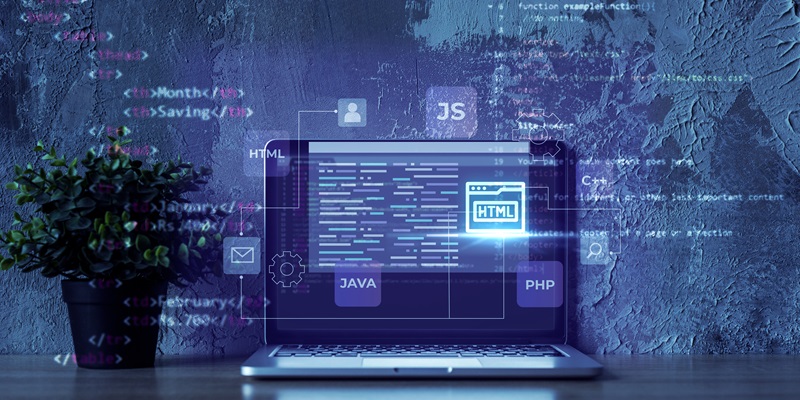In today’s rapidly evolving digital landscape, the integration of automated DevOps tools into the security landscape has marked a significant shift in how businesses approach software and application security. By relying on overly manual and outdated security processes, organizations inadvertently open themselves up to risks that could be mitigated more effectively through automation. In this article, we will delve into the importance of integrating automated DevOps tools into security practices and explore the benefits they bring to the software development lifecycle (SDLC).
Ineffective Mitigation of Risks through Automation
Ensuring robust security measures is a paramount concern for organizations. However, with manual security processes, there is a higher risk of human error, oversight, and inconsistencies. Automated security measures in DevSecOps address these challenges by integrating security protocols earlier in the SDLC, effectively reducing the factor of human error and enhancing vulnerability detection.
Integration of Security Protocols Earlier in the SDLC
By incorporating security measures earlier in the SDLC, automated DevSecOps tools help identify potential vulnerabilities and address security concerns at an early stage. This proactive approach significantly reduces the likelihood of security breaches occurring during application deployment or execution.
Minimizing the Human Error Factor
Manually implementing security measures can introduce human errors, resulting in missed vulnerabilities or misconfigurations. Automated DevSecOps tools, on the other hand, ensure uniform and consistent security measures throughout all stages of development, significantly reducing the chances of human error and maintaining a high level of security.
Automated DevSecOps tools offer uniform and consistent security measures across all stages of development. This consistency ensures that security measures are applied efficiently, reducing the potential for vulnerabilities to go undetected or for inconsistent security practices to compromise the overall security posture of the application.
Reduction in Manual Work Throughout the SDLC Phases
The automation of security tasks significantly reduces the amount of manual work required throughout each phase of the SDLC. This not only saves time and effort but also allows DevOps teams to focus on more critical tasks while reducing the risk of errors introduced by manual security processes.
Faster Time to Market with a Secure SDLC Process
Traditionally, integrating security measures into the SDLC has been seen as time-consuming and potentially delaying the release of software or applications. However, automated tools can help significantly reduce the time to market by speeding up the secure SDLC process. This allows organizations to deliver secure software and applications promptly without compromising on quality or security measures.
Types of Automated DevSecOps Tools
Automated Static Code Analysis tools assess source code at various stages of the SDLC, identifying potential security vulnerabilities before the software or application is deployed or executed. This proactive approach helps developers identify and rectify security issues early, reducing the risk of exploitation by threat actors.
Developing a comprehensive threat model is essential in identifying, understanding, and addressing potential security threats earlier in application development. Automated Threat Modeling tools aid teams in analyzing potential threats and prioritizing security measures accordingly. By incorporating these tools, DevOps teams can enhance the security posture of their applications while ensuring a robust defense against potential attacks.
Automated Vulnerability Scanning
Threat actors constantly seek to exploit vulnerabilities in applications and development environments. Automated Vulnerability Scanning tools continuously scan applications and development environments for vulnerabilities, ensuring that there aren’t any easily remediated risks available for threat actors to exploit. This proactive approach ensures the timely identification and resolution of vulnerabilities, reducing the window of opportunity for potential attacks.
DevOps security automation represents a major step towards addressing today’s vulnerabilities and risks stemming from increasingly complicated software development environments and software supply chain risks. By integrating automated DevOps tools into security practices, organizations can enhance the effectiveness and efficiency of their security measures throughout the SDLC. The early identification of vulnerabilities, reduced human error, uniform security measures, and decreased manual work all contribute to a more secure software development process. Embracing automated DevSecOps tools empowers organizations to deliver high-quality, secure applications to their customers while effectively mitigating risks in today’s complex digital landscape.

